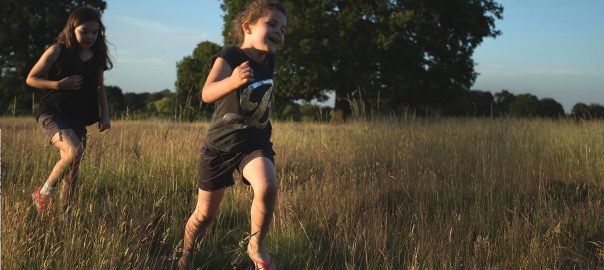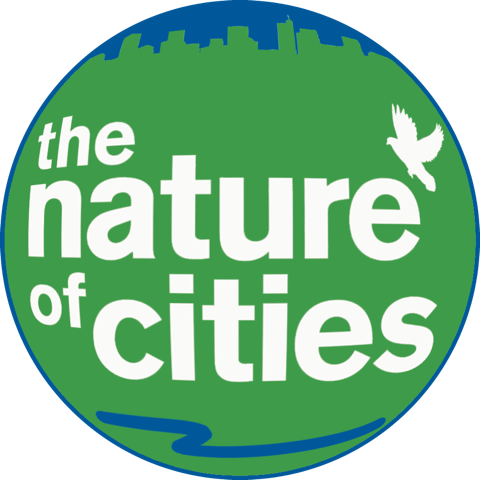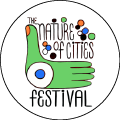9 August 2017
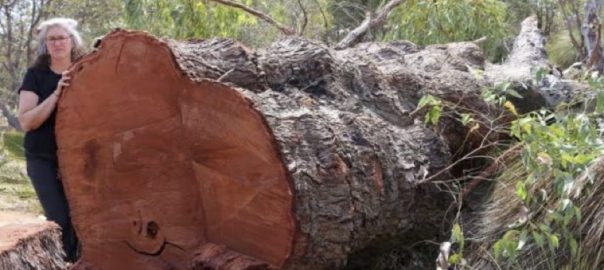
Protecting remnant swathes of nature is not easy, and may often require concerted, vigorous community efforts. There are many threats: the most common of which seem to be highways and development, which are often backed by considerable financial resources and lots of momentum. So one takes notice when something unusual...
6 August 2017
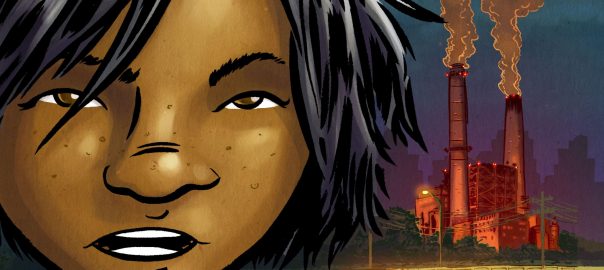
In 2013, the New York Power Authority razed the Charles Poletti Power Plant in Astoria, NY. In doing so, Power Authority removed what local elected official Michael Gianaris had characterized as a “symbol[] of pollution that haunted [the] neighborhood”. The characterization was an apt one. The Poletti Plant had for...
2 August 2017
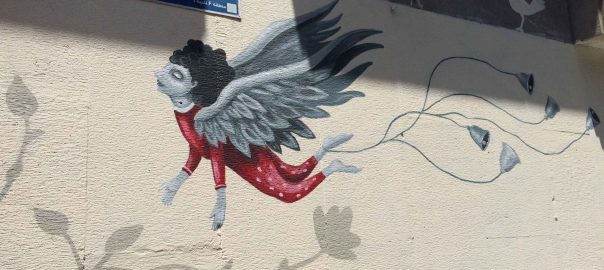
We walked approximately 1,500 kilometers in Iran, and something was noticeably missing: Graffiti. Scribbled names or tags, spray painted symbols, and thought-provoking political commentary were absent in cities, towns and villages from Sarakhs on the Turkmenistan border to Astara on the Azerbaijan border to the sprawling capital of Tehran to...
30 July 2017
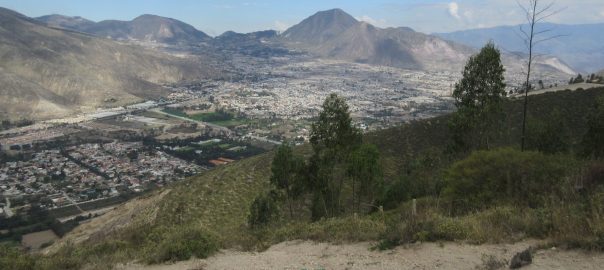
Cities have been recognized as key drivers toward the successful governance of resources and as the front line in combating climate change. But there is a huge urban-rural inequality in carbon emissions in the making, particularly in rapidly urbanizing developing countries. Thus, the political and economic divide between the Global North and...
26 July 2017
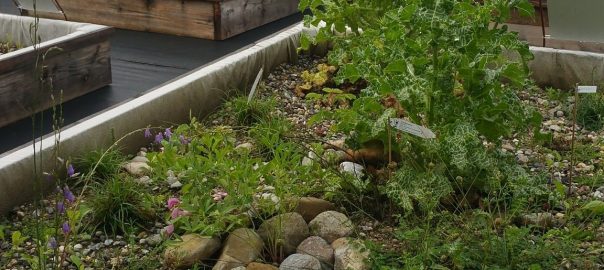
Some weeks ago my colleagues (from the University of Applied Sciences in Geneva and the City of Lausanne, Nature and City Department) and I organized a half-day event: an exchange of experiences on the Swiss green roof standards practice with the Swiss Society of Engineers and Architects (SIA) in Lausanne....
23 July 2017

One adage I want to share after finishing the US Forest Service Inaugural International Urban Forestry Seminar is: look more closely, think more deeply. This was something that one of the presenters said to us on our first day in Chicago and it stuck with me throughout our journey. Over the...
19 July 2017
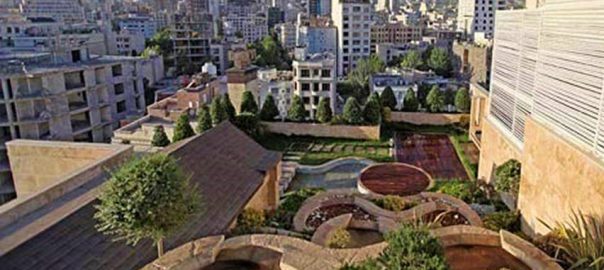
The city landscape, because of the holistic nature of city-forming factors and urban community, is like a book in which the various characteristics of the city and its citizens are visible: values and norms, economic conditions, tastes and aesthetic criteria, commitment to the living environment, and so on. Throughout history, the...
16 July 2017

In many cities, urban nature is managed in a multicultural landscape. The ethnic and cultural diversity seen in many western cities today, mostly driven by recent immigration, is unprecedented. For example, Toronto boasts a foreign-born population of about 50%. In Australia, 25% of the population is foreign-born. In many European...
9 July 2017
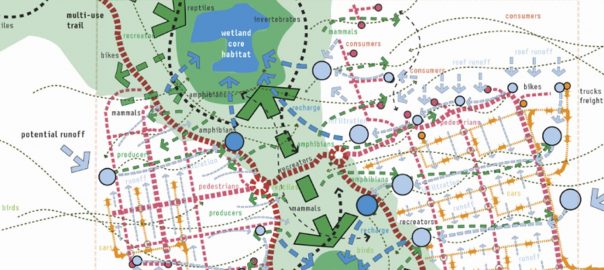
Designers and scientists are different. We think, communicate, and interact with the world in vastly different ways. For instance, designers often develop evocative renderings of our creations, varying in style, but of a similar nature to the image below: a collage perspective showing a scene explaining a design concept. For...
5 July 2017
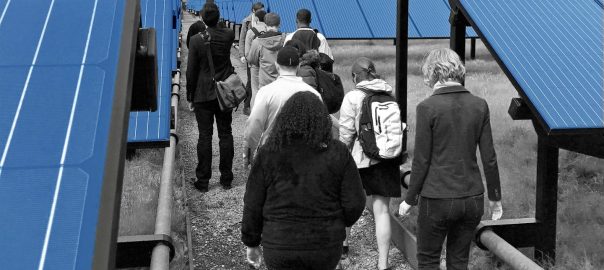
Post-industrial cities in the United States and elsewhere are implementing brownfields to brightfields programs that help develop local economies, generate clean energy and manage pollution. Brownfields are former industrial sites or landfills with contaminated soil. These sites pose both environmental and social challenges, as contamination must be remediated prior to...
2 July 2017

Recently, Colding and Barthel (2017) critiqued how the Smart City-model is taken more or less as a given good for creating sustainable cities. This view is deeply rooted in seductive visions of the future, where the digital revolution stands as the primary force for change (for a critical perspective, see...
28 June 2017
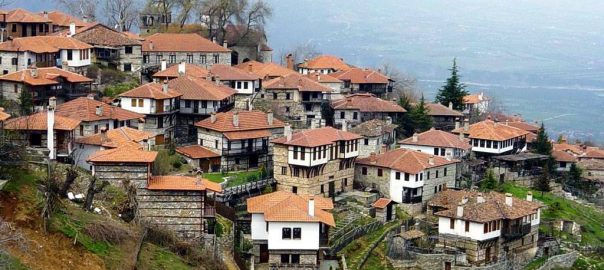
In the Lille citadel example that we saw in the previous part, we could observe a building technology achieving greater complexity over time, as each iteration survived or failed a new series of tests. Another aspect of the complexity of a geometric process seen in the Lille citadel example is...
25 June 2017

In a previous article I proposed that we adopt a perspective on preservation that allowed for transformation and change of what is to be preserved. This type of change has a more precise definition: iteration. To iterate means to “cover the same ground twice”, using feedback from the result of...
21 June 2017
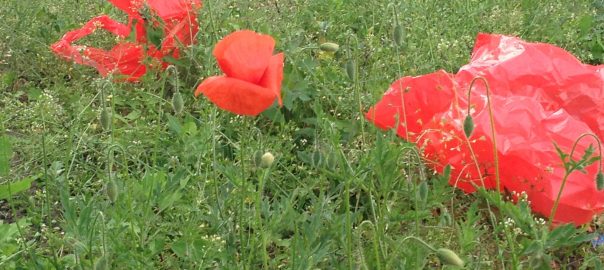
“Do you seek the highest, the greatest? The plant can teach you to do so. What it is without will of its own, that you should be with intent – that’s the point!” —Friedrich Schiller Some days ago, after giving a lecture in a west German city, I arrived back...
18 June 2017
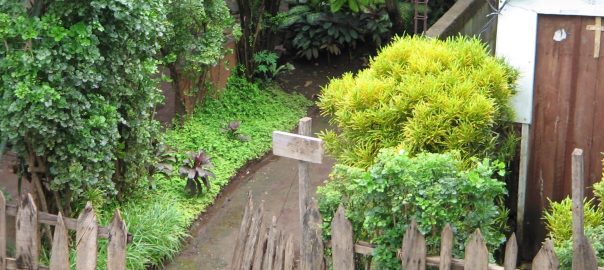
Cities abound with difference: people, buildings, trees, plants, animals, etc. People in cities (and beyond, of course) inhabit various and fragmented identities that include gender, class, race, ethnicity, sexuality, age, and ability/disability. These identities are produced in relation with other people, living- and non-living entities, and the landscape. These social...
14 June 2017
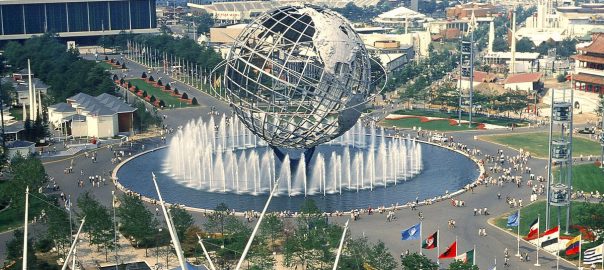
What inspires our work? Why have we each chosen to pursue a vision of cities that incorporates and expands our views of nature? Was it a particular mentor, a class or school experience, time spent in wilderness, or a book or film that led us to think boldly about a...
11 June 2017
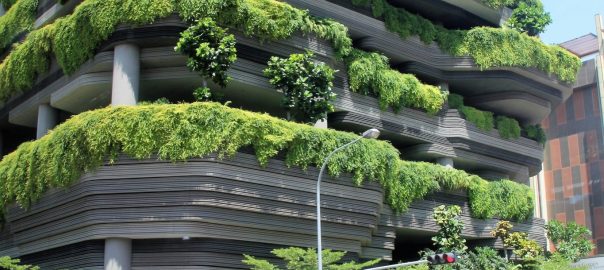
How has Singapore created itself as a “city in a garden”? I’m from Manila, and have recently returned from a week-long educational trip hosted by the Young South East Asian Leadership Initiative (YSEALI). The workshop was entitled Urban Planning and Smart Growth. It brought together sixty young leaders across the...
7 June 2017
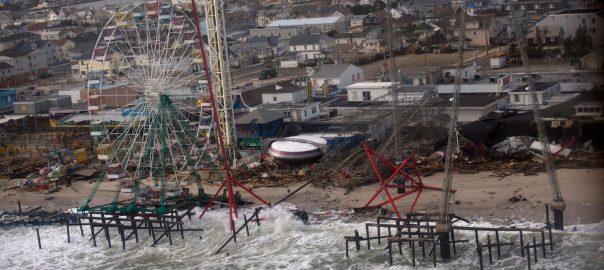
Cities are helping lead the global effort Cities are the new face of climate change. Where I live in New Haven, Connecticut (USA), we are witnessing its impacts—warmer winters, sea level rise, and inland and coastal flooding. The city is taking steps to address climate change, including adding bike lanes...
4 June 2017

Some months ago I was invited to go to Kalipety, a village of Guarani Mbya Indians at the outskirts of São Paulo. As we drove South towards the ocean and beyond the affluent city, it wasn’t hard to see the gradual transformation of the urban grain, as it diminished from...
31 May 2017
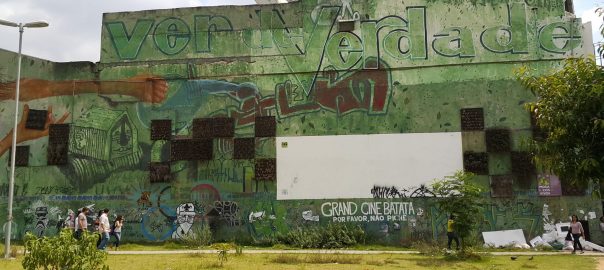
What would you do if things went terribly wrong with your city after promises made by your decision-makers of an “Urban Golden Age” resulting from hosting the Olympic Games? In my city, Rio de Janeiro, my students and a lot of people I know and talk to are willing to...

